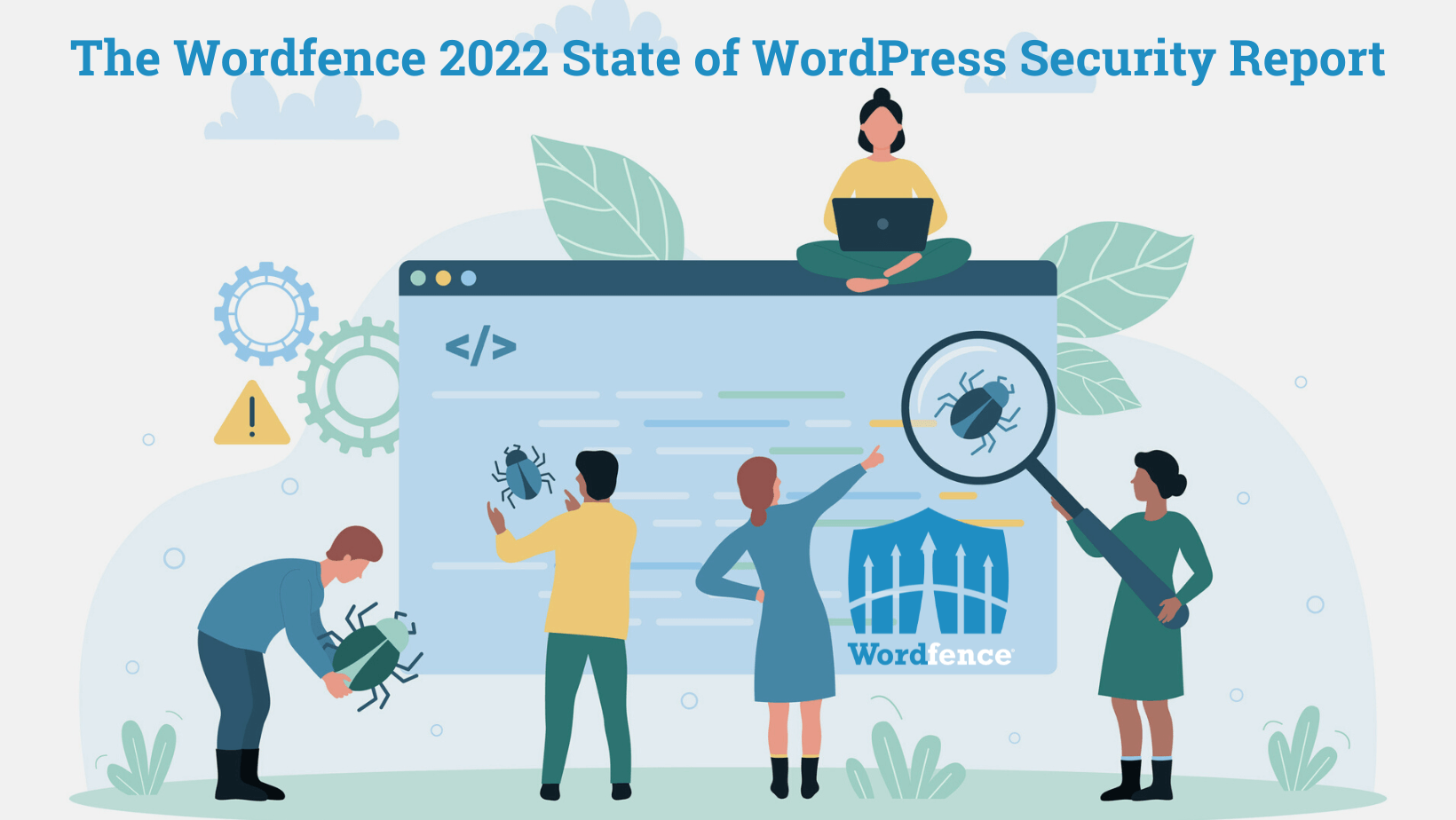This site uses cookies in accordance with our Privacy Policy.
Wordfence Research and News
Category: Threat Research
Newest
Developer Accounts Compromised Due to Credential Reuse in WordPress.org Supply Chain Attack
On June 24th, 2024, the Wordfence Threat Intelligence Team became aware of a WordPress plugin, Social Warfare, that was infected with malware through the WordPress repository. Upon further investigation, our team quickly identified 4 additional affected plugins through our internal Threat Intelligence platform. We immediately notified the WordPress Plugin’s Team and they removed the malicious …
Read More

Supply Chain Attack on WordPress.org Plugins Leads to 5 Maliciously Compromised WordPress Plugins
On Monday June 24th, 2024 the Wordfence Threat Intelligence team became aware of a plugin, Social Warfare, that was injected with malicious code on June 22, 2024 based on a forum post by the WordPress.org Plugin Review team.

Critical Unauthenticated Remote Code Execution Found in Backup Migration Plugin
🎁 Wordfence just launched its bug bounty program. Through December 20th 2023, all researchers will earn 6.25x our normal bounty rates when Wordfence handles responsible disclosure for our Holiday Bug Extravaganza!

Massive Targeted Exploit Campaign Against WooCommerce Payments Underway
The Wordfence Threat Intelligence team has been monitoring an ongoing exploit campaign targeting a recently disclosed vulnerability in WooCommerce Payments, a plugin installed on over 600,000 sites.

Wordfence Firewall Blocks Bizarre Large-Scale XSS Campaign
The Wordfence Threat Intelligence team has been monitoring an increase in attacks targeting a Cross-Site Scripting vulnerability in Beautiful Cookie Consent Banner, a WordPress plugin installed on over 40,000 sites.

The Wordfence 2022 State of WordPress Security Report
Today, the Wordfence Threat Intelligence team is releasing our 2022 State of WordPress Security Report as a free White Paper.

PSA: YITH WooCommerce Gift Cards Premium Plugin Exploited in the Wild
The Wordfence Threat Intelligence team has been tracking exploits targeting a Critical Severity Arbitrary File Upload vulnerability in YITH WooCommerce Gift Cards Premium, a plugin with over 50,000 installations according to the vendor.

How Much is Your Hacked Site Worth?
The Wordfence Threat Intelligence team has recently concluded an investigation of online marketplaces, colloquially known as “shops” by threat actors, selling access to compromised services.

Russian Hacktivist Group Targets Political Websites with DDOS Attacks
A Russian hacktivist group calling itself “The People’s Cyberarmy” called on its members to target the American Democratic party website at https://democrats.org with DDOS (Distributed Denial of Service) attacks this morning, November 8th, 2022, which is Election Day in the United States.

What Does The Fox Hack? Breaking Down the Anonymous Fox F-Automatical Script
While performing routine security research, one of our threat analysts discovered the latest version of a Command and Control (C2) script, which is referred to as F-Automatical within the script’s code and was commonly known as FoxAuto in older versions.

